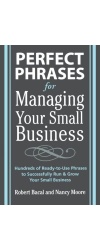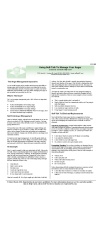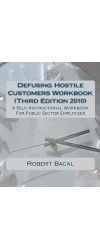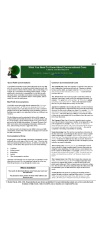Conceptual pacing has to do with the speed at which you impart information, ideas and concepts. It’s not the same as how fast you talk, but it has to do with how quickly you go through a topic.
Because people can grasp and understand simple ideas and details quite quickly, but have to think longer to understand more complex topics, the presenter or speaker needs to slow down for the complex, and speed up for the easy or simple.
With difficult or complex ideas, slow down. Use silence and pausing to allow the audience to think about what you have said or shown them. The same applies with the use of audio-visual aids, for example. Nobody needs to see a slide of the title of your presentation being show for 10 minutes, but they might need to look at a much more complex slide for thirty seconds, or even much more.
The varying of conceptual pacing helps make presentations more efficient and effective, but it also makes them more attention-provoking. Also, for complex topics, one way to reduce the conceptual load on the audience is to break down the topic into simpler topics, and present those, making sure to make the relationships clear that exist between the simpler topics and the overall point.
One more tip. Audience behavior (non-verbals) can tell you if your conceptual pace is too fast, or too slow. Watch them and modify your pacing.






